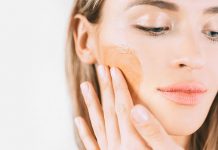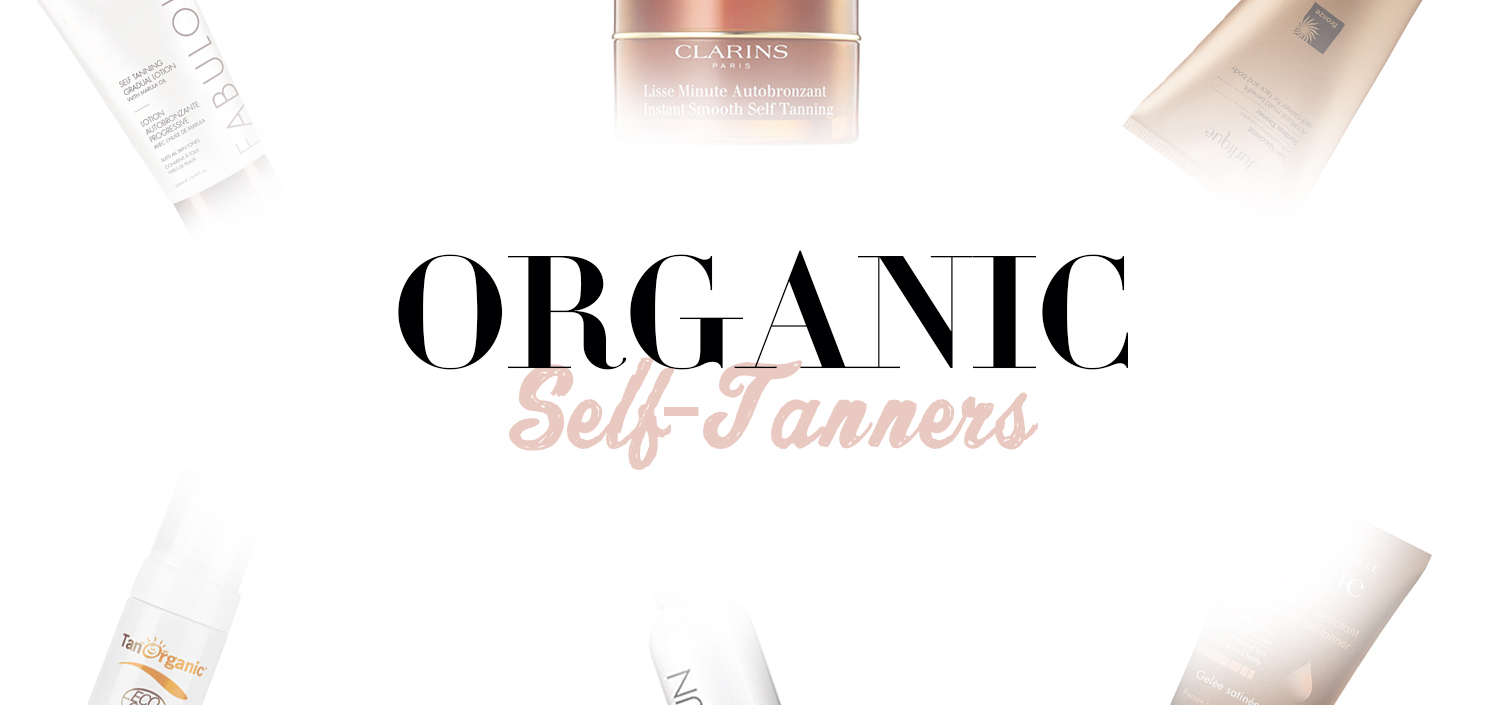
You have probably heard of using beds for indoor tanning, which has shown more benefits compared to tanning under the sun! But how exactly do they perform to give you that amazing deep dark tan? If you’re wondering, “How Does a Tanning Bed Work?”, Read on as I show you an informative guide on the process of these devices, from the UVB rays down to its pros and cons!
What Is a Tanning Bed?
As the name suggests, these types of devices are made specifically for you to achieve a certain tan, depending on how long you’re there for and the amount of light you are exposed to.
The bed consists of a bank of sunlamp tools, with UV light penetrating your skin to change its pigment. Basically, it emits UV radiation to create the desired cosmetic tan.
How Does a Tanning Bed Work?
Tanning beds are made of UV light bulbs in order to generate ultraviolet radiation – this is the one that makes it possible to tan the skin just like what ultraviolet light from the sun does. It is substantial to note that excessive exposure to ultraviolet radiation could heighten the risk of developing skin cancer.
Furthermore, the ultraviolet radiation from the sun as well as the indoor tanning lights which makes your “golden tan” is a form referred to as UVA. Such UV rays are the ones that prompt melanocytes cells found in the underneath layers of the skin, to produce melanin, a type of skin pigment that is brown in color.
In general, indoor tanners are manufactured with 95% UVA rays and merely 5% UVB rays even though this could differ between models. When using this, you will feel as though you are sunbathing in a normal sunlight enjoying a cozy warm, but not scorching, sensation.
Essentially, increased melanin aids in safeguarding the body from burning, this evidently acts as the body’s shield against too much exposure to ultraviolet light. It is the UVA rays that permeates deeply into the skin – underneath the protective skin layer called epidermis.
At the time the light hits the dermis, this then reaches the nerves as well as the blood vessels that could weaken the immune system and this could also make a person become more susceptible to melanoma. Aside from this, UVA light could also cause premature aging.
The Benefits of Using a Tanning Bed
If you truly wish to obtain a beautifully-tanned skin – there are 2 primary options: utilize a tanning bed or simply depend on the sun.
In point of fact, tanning beds are not only more comfortable and convenient to use, they are also much safer compared to the natural rays of the sun. Of course, the use of a tanning bed may be linked with some potential risks particularly if you do not abide by the precautions. But, it cannot be denied that using the sun to obtain the golden tan you wish to have comes with greater health risks.
With that in mind, indoor tanning is still fairly safe as long as it’s done correctly, following all safety precautions and using the right products to protect your skin.
Besides this, the reason why tanning beds are better than using the sun to tan your skin is that you are in control when using them. This simply means that professionals who conduct the tanning session for you could set the level for the tanning bed and the length of time in using it is also regulated. To add, it is also a lot easier to utilize safety precautions, such as goggles and lotions, in the controlled environment of this device.
If you depend on the sun to tan your skin, there are countless factors that are out of your control. Obviously, with tanning beds, you’re more capable of looking after your skin and lessening sun exposure and harmful UV rays.
Why Are Tanning Beds Associated With Skin Cancer Risk?
If you’re actively attempting to tan your skin, be reminded that there is greater likelihood of skin cancer risk. This is actually the saddening adverse effect of tanning regardless of what type of tanning method you use: tanning bed or direct sun.
The risk if this fatal disease is more likely to those who:
Frequently Asked Questions
Besides the way a tan bed works, there are more things to learn about! Here are some frequently asked questions readers have wondered about when tanning in beds:
How Long Does It Take to See Results from a tanning bed?
Unfortunately, you won’t find results immediately after your first session in the tanning salon. Your skin requires a few sessions for it to oxidize your melanin, so it would darken and produce the tan you want.
You can’t rush this process, as the results will come after three to five sessions, depending on the amount of melanin in your skin. Meaning, it can take fewer or more sessions to achieve your desired skin complexion, and it can take a few weeks, as you can’t go through consecutive sessions or one very long session, which can damage the skin.
If you do want to have a darker appearance quickly, you may want to add a custom airbrush and use oils during your sessions.
What Do You Wear in a Tanning Bed?
Unlike what we see in movies, we don’t need to go buck naked! Not only is this awkward, but it may be unhygienic, considering the fact that someone has lied down on the bed as well.
You can wear anything you’re comfortable in, though you have to be wary with the tan lines and the exposure your body needs to achieve a tan. Here are the things you may want to consider wearing:
– A bathing suit, such as boxers or a bikini
– Your underwear
– Tanning stickers
You will also need to wear protective eyewear to prevent eye damage, as closing your eyes or putting towels over them won’t provide enough protection.
What is the equivalent of 10 minutes in a tanning bed?
You won’t need to spend too much time in the bed, as this can cause damage. People have thought that ten minutes in the bed is equivalent to two hours under the sun, but this is not the case. The bed is regulated depending on the bulb type and strength, so there isn’t an exact accurate comparison.
However, depending on your skin type, ten minutes in the bed can give you a base tan to start with, if this is your first session. You should go no longer than ten minutes per session, and every session would gradually give you a deeper tan.
Are tanning beds as bad as they say?
No these devices aren’t as bad as people say. However, they do have its disadvantages you have to be wary of. You just need to be more knowledgeable on what kind of bed you need according to what your body needs.
They may increase the risk of certain conditions, as mentioned above. That is why it’s best to avoid using these devices for the long term, and only until you achieve your tan. Also, make sure that you select the right salon with devices that have the proper rights reserved from reputable brand names.
What kind of lights do tanning beds use?
As mentioned, tanning beds require artificial sources of UV light, which comes in two forms:
Ultraviolet-A (UVA): These emit longer rays compared to VB, penetrating your skin’s epidermis and reaching its lower layers. It would cause your body to produce melanocytes, which produce melanin, the brown pigment causing people to get darker.
Ultraviolet-B (UVB): UVB rays are shorter than UVA, penetrating less deeply to your body and affecting only the outer layers of your epidermis. If you are overexposed to such rays, it may cause sunburn, giving off a red and raw appearance. These are chief contributors to series conditions.
Is light therapy similar to using tanning beds?
Light therapy is different compared to using these types of tanning devices.
For starters, light therapy is used to help treat certain conditions, such as eczema and/or psoriasis. It utilizes phototherapy, exposing your body to ultraviolet light for suppressing inflammatory reactions.
It’s different compared to the other tanning devices as light therapy uses specific wavelengths of UV light, which differs from the bed. The specific UV lights aren’t as intense compared to when you are tanning so you can’t get tans when getting light therapy.
Can tan beds kill you?
Again, no, these devices do not kill you. If you watched Final Destination, then don’t worry, no similar accidents will happen to you!
These kinds of devices are secure and have safety features to ensure that the lights will stop at a certain time. It would also be easy to open, having emergency switches and locks.
As for the risks mentioned above, these are minimal if you use the device correctly and have the proper protective products and clothing.
Wrapping It Up
Before you go get that golden tan indoors, it’s best that you familiarize yourself with how it works and any safety precautions to ensure healthy skin, regardless of what kind of tan you’re aiming for.
I hope this guide helped you learn a lot on how these beds work and how it affects your skin cells. So if you’re interested in trying it yourself, head on to your nearest tanning salon and let us know how it worked for you!









